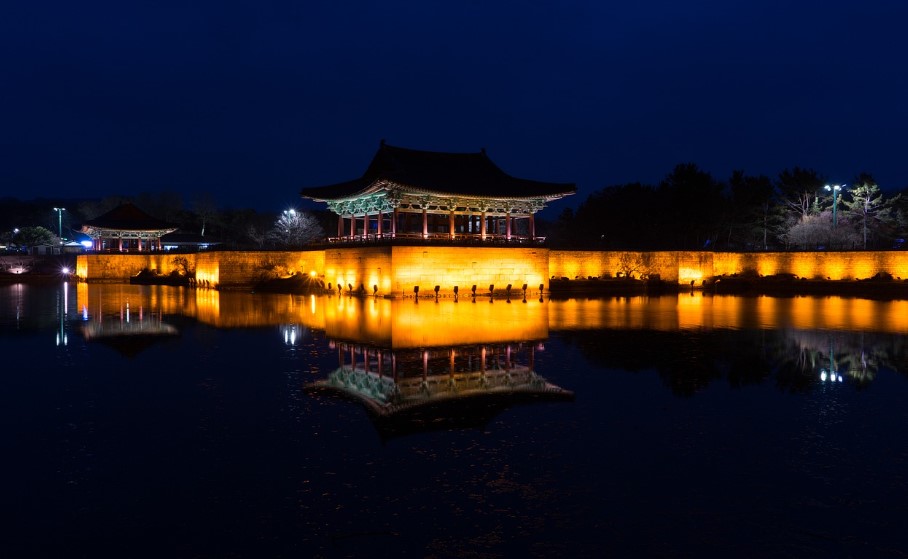Gyeongju Historic Areas (경주역사지구) – Detailed Guide
Gyeongju offers a remarkable journey through Korea’s ancient past, with cultural landmarks, stunning landscapes, and a deep connection to the country’s Buddhist heritage.

What Makes Gyeongju Historic Areas Special?
The Gyeongju Historic Areas preserve the legacy of the Silla Dynasty (57 BC – 935 AD) and are often called an “open-air museum” due to the vast number of ancient temples, palaces, pagodas, and tombs. Gyeongju was the capital of the Silla Kingdom and houses some of Korea’s most important cultural and archaeological treasures.
The areas are a UNESCO World Heritage Site, protecting a wide variety of relics from Korea’s ancient past, including Bulguksa Temple, Seokguram Grotto, and Daereungwon Tomb Complex. The region offers a window into the Buddhist culture and architectural achievements of the time.
Why Visit Gyeongju Historic Areas?
- Explore Ancient Relics and Tombs:
Gyeongju is home to many royal tombs, such as the Cheonmachong Tomb, where the artifacts of Silla royalty are preserved. Daereungwon Tomb Complex is known for its large grassy burial mounds. - Bulguksa Temple and Seokguram Grotto:
Bulguksa Temple is a masterpiece of Buddhist architecture, and the nearby Seokguram Grotto houses a stone Buddha that overlooks the East Sea. Both are UNESCO-listed sites. - Cultural Landscape:
Gyeongju is surrounded by beautiful natural scenery, including mountains and ponds like Anapji Pond, which was part of the ancient royal palace. - Museums and Historical Insights:
The Gyeongju National Museum provides a comprehensive look at the artifacts and history of the Silla Kingdom. The Silla Cultural Experience Center offers interactive exhibits on daily life during the dynasty. - UNESCO World Heritage Status:
Recognized globally for its cultural and historical significance, Gyeongju provides an in-depth view of Korea’s rich history and its early Buddhist traditions.
How to Get to Gyeongju Historic Areas?
- By Train:
- Take the KTX from Seoul to Singyeongju Station (about 2 hours).
- From Singyeongju Station, you can take a local bus or taxi to the various historical sites around Gyeongju.
- By Bus:
- Express buses from Seoul, Busan, or Daegu reach Gyeongju in approximately 4 hours.
- From the Gyeongju Bus Terminal, buses and taxis provide easy access to the major attractions.
- By Car:
- Gyeongju is roughly 4 hours from Seoul by car. Several parking areas are available near the main sites.
Key Historical Sites in Gyeongju Historic Areas
- Bulguksa Temple (불국사)
A stunning representation of ancient Buddhist architecture. - Seokguram Grotto (석굴암)
Home to one of Korea’s most famous Buddhist statues, set within a peaceful mountain grotto. - Daereungwon Tomb Complex (대릉원 고분군)
Known for the giant burial mounds that house the tombs of Silla kings and nobles. - Anapji Pond (안압지)
Originally built as part of the royal palace, this serene pond reflects the architectural beauty of the Silla era. - Cheomseongdae Observatory (첨성대)
One of the world’s oldest astronomical observatories, built during the Silla period.
Location:
- Address: 385, Bulguk-ro, Gyeongju-si, Gyeongsangbuk-do, South Korea.
- Google Maps Link: Gyeongju Historic Areas on Google Maps
